
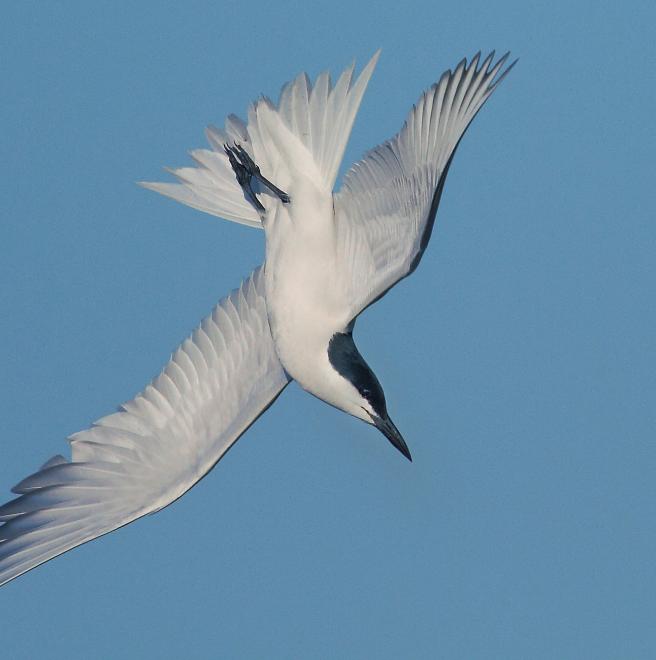
Although widespread along our coasts, the Gull-billed Tern is very local in distribution, and populations everywhere are at risk. The southern California population, in particular, is faring poorly. Globally, the species is widely distributed, although, as in North America, spottily distributed. Audubon’s climate model forecasts changing future ahead, with particular challenges in the summer season. While the available climate space for this species may expand, only 38% of the current range will remain stable, and it will remain to be seen if the new areas are suitable for this tern to breed. Availability of well-watered marshlands, both coastally and inland, will largely determine this tern’s fate in our area and probably globally.
Explore more birds threatened by climate change around the country.
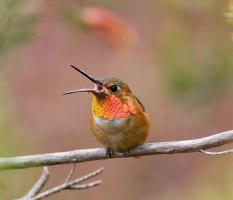
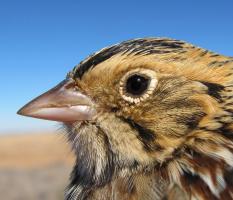
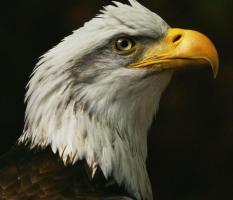
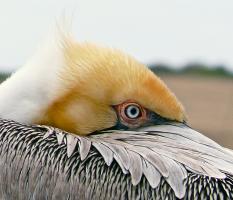

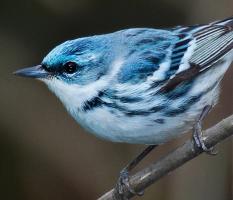
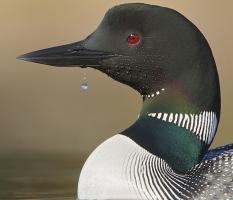
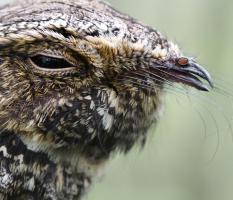





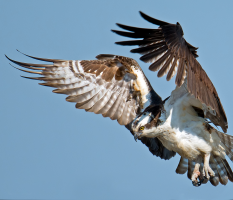
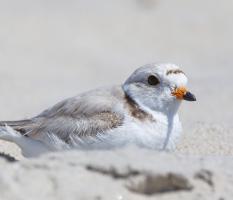

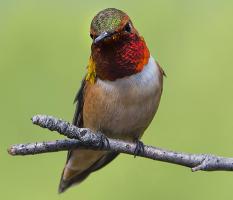

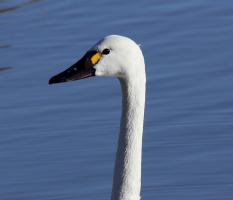
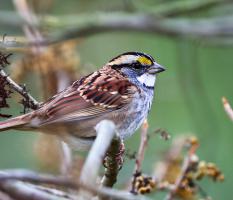

It's easier than you think to make a difference. Become an Audubon member today to help birds facing climate change.